Everchanging Mews The Monarchy & The Mews
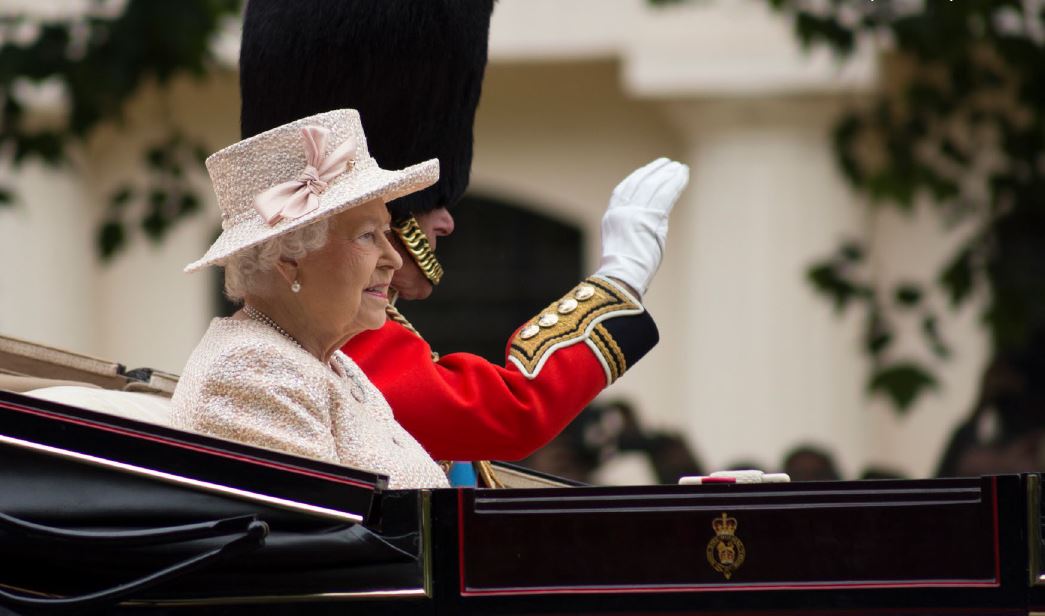
By Martyn John Brown
HER MAJESTY & THE MEWS
A connection between the monarchy and the mews of London dates back generations and over the years both have had to adapt to changes in society and the expectation of the people. Just as the monarchy is an integral part of all our lives, the mews reflects the same authenticity, adaptability and rich tradition that leaves an everlasting impression.
In a regal interruption to proceedings, this article addresses the loss of a beloved monarch. The article I had intended to write about basement construction issues has been put aside for another day.
The death of Queen Elizabeth II brings reflection on her life and achievements, and provides an opportunity to consider the royal connections and other associations the monarchy has with London’s mews.
Her passing has clearly had a profound effect around the world, as people consider their own relationships with the Royal family and the influence the Queen has had on our lives over the last 70 years. It is worth considering the impact the monarchy has had on the smaller-scale world of the mews.

THE TUDOR INFLUENCE
Changes to the mews have reflected some of the historical changes that have affected this country, both past and in recent times. These can be traced to events that occurred even before the first mews existed, such as the dissolution of monasteries which bought about the pattern of land ownership permitting the first of the mews.
Henry VIII challenged the position of the church in England after he fell out with the Pope over his divorce from Catherine of Aragon, which led to massive destruction to religious buildings and communities. Between 1536 and 1541 around 625 monastic communities including priories, convents and friaries were closed down. This forced fundamental changes of landownership as large quantities of monastic land, both inside and outside the City of London, were liberated from the ownership of the Catholic Church.
The Catholic Church was enormously wealthy and owned up to a third of the land in England. Henry VIII needed assets to fund his divorce. Widely criticised, indiscriminate dissolution not only destroyed countless treasures of English medieval art, but also impacted the development of London.
Huge areas of monastic lands were divided up and sold, leased or given away by Henry VIII to his courtiers and to the aristocracy, allowing wealthy and influential families to profit both financially and socially from development of their estates, including the mews. Even today the legacy of the beneficiaries are evident among the names of London’s streets, squares and mews – Portman, Grosvenor and Cadogan for example.
The first recorded mention of a mews in London is in 1537 when fire destroyed Henry VIII’s stables in Bloomsbury. Henry VIII started a trend by converting Charing Cross Mews (mews had previously been used for housing his falconry birds) to horse stables. From this point, he was copied and thereafter the mews came to have a different, more modern meaning.
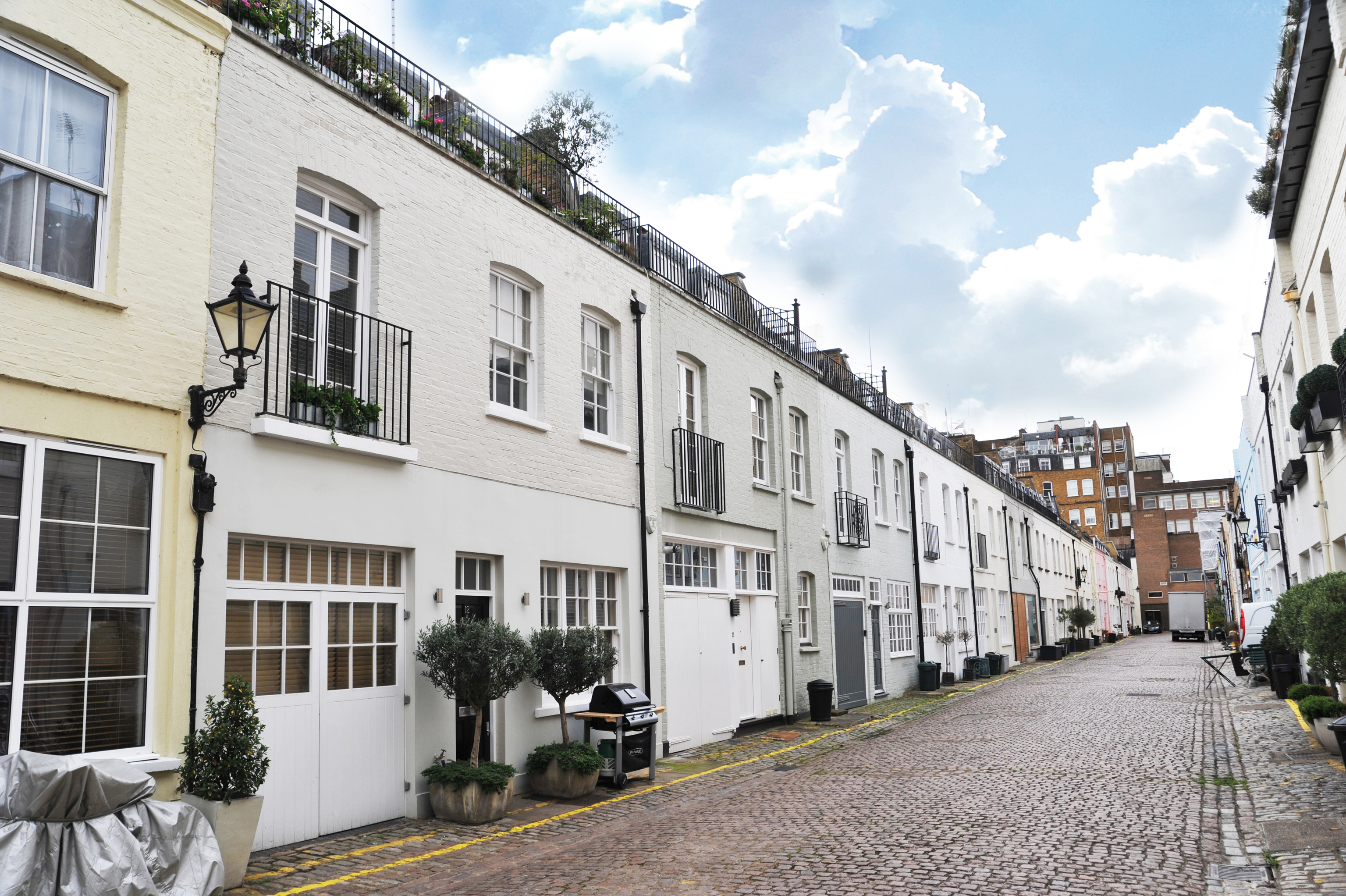
THE REIGN OF QUEEN ELIZABETH II
Considerable and notable changes have occurred in the last 70 years and can be seen in London’s built environment, particularly when it comes to the mews. During the reign of Queen Elizabeth II society has been transformed immeasurably.
Queen Elizabeth II brought stability to the country by modernising an old institution and embrace change. First dealing with the breakup of the British Empire and then the rapid expansion of the Commonwealth from eight to 54 member states.
From a more personal perspective, she had to deal with adversity. In 1992 two of her children divorced and Windsor Castle caught fire. Seven years later Princess Diana died tragically, and in 2002, her mother and her sister died within months of each other.
The marriage of her grandson Prince William to Katherine Middleton (now Prince and Princess of Wales) in 2011 brought happier times. In 2012, she commemorated 60 years of reign, equalling Queen Victoria’s service and in 2015, she became Britain’s longest serving monarch.
As society continued to evolve as a complex multi-faith and multi-cultural one, the monarchy also had to adapt to reflect and become more open and in touch with its people.
Similarly, mews have also had to alter over this period. They were built as what we now know to be live/work units; simple terrace houses with horse stables on the ground with living accommodation above. Over time mews have been converted into fully residential homes that embrace the unique modern essence of London mews houses.
ROYAL NOMENCLATURE & THE MEWS
London place names have intriguing origins and meanings. They are a fascinating part of our linguistic and cultural heritage, reflecting our long and complex history of over 2000 years. Place names are important as they link us with our past and are also part of our present. For example, Trafalgar Square is a famous meeting place constructed between 1829–1834. The name commemorates the Battle of Trafalgar in 1805. The square covers the site of the Kings Mews, originally the Royal falconry where medieval kings kept their hawks for hunting, and later the royal stables during the reign of Elizabeth I.
London’s mews’ names, like their streets, display their many varied and interesting roots. In general, mews were given the same name as the parallel street which they served and derived from a connection with their development. Mews names were acquired in the same way as surnames and could relate to natural landmarks, a particular trade or function associated with the area, or from a connection with one of London’s great significant hereditary estates.
One of the best sources of information on street names, both present and past is Gillian Bebbingtons’ book ‘London Street Names’. She advises that the original street (and mews) names may possibly have gone through at least one reincarnation since they were created. Whilst street building in London was virtually finished by the 1920s, just before WWII came a massive re-naming, purging from the map of hundreds of repetitive King, Queen, Prince and Princess Streets and the like. This confused the legacy of those who thoughtlessly or unimaginatively named them in the first place. Royal connections include – Royal Mews, Rex Place, Queen’s Mews (now Regal Lane), Queen’s Gate Place Mews.
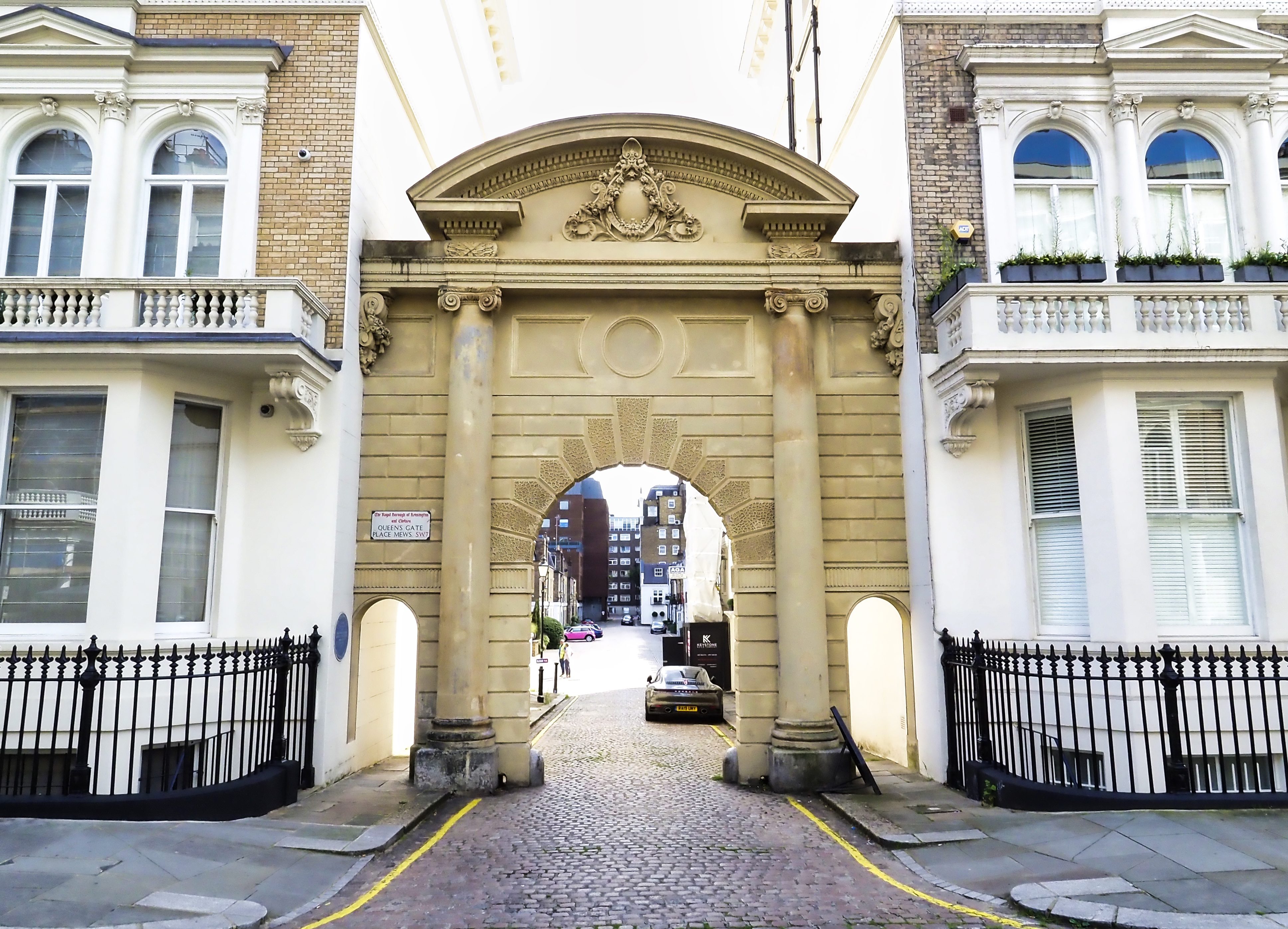
Typical mews names also refer to noble landlords, their marriage connections, their titles and country seats. The Royal family empowered the aristocracy by granting estate owners the licenses they needed to build. Thus, we have examples from the hereditary estates that include: Portman Estate – Portman Mews, Huntsworth Mews; Grosvenor Estate – Roberts Mews, Grosvenor Crescent Mews, Kinnerton Street; Portland Estate (Howard de Walden) – Clarke’s Mews, Woodstock Mews, Portland Mews; Holland Estate – Holland Park Mews; Cadogan Estate – Cadogan Lane, Clabon Mews; Malton Mews; St. Quentin’s Estate – Scampston Mews, Malton Mews.
It will be interesting to see who will be the first developer to name their mews after King Charles III.
THE EVERCHANGING NATURE OF THE MONARCHY
Queen Elizabeth II’s long life on the throne, required her to adapt throughout her life to changing circumstances. Her accession coming about her uncle King Edward VIII abdicated when she was just 10 years old. The line of succession shifted to her father, King George V, who died at the age of 56.
Princess Elizabeth was 13 years old when World War II broke out and only 25 years old when she succeeded the throne. During her reign she introduced a number of royal traditions and changed the perception of the monarchy. The Royal family became notably more accessible to the public through broadcasts, interviews and other communications, changing their distant aristocratic reputation and through the Queen the public became more connected with royal family members.
During her reign the Queen was to experience weddings, births, marital breakdowns together with attempted intrusions into the palace and a couple of attempts on her life. Such were the vicissitudes of her reign. The low point coming in what she called her ‘Annus horribilis’ in 1992. By contrast, with greater jubilation with the golden jubilee in 2002 which marked the first monarch since Queen Victoria to spend 50 years on the throne.
Far from being unchanging throughout this period the monarchy, under the calm dedicated stewardship of the Queen, developed in a continuous and ever-changing fashion. Today, it is more reflective of what the country has become; less class ridden, less white, less conservative and less traditional. Countrywide, there are now more women in the workforce; more adult females are unmarried; the population has increased and become demographically older; attitudes towards same-sex relationships have changed, women’s rights, and identifying prejudice against people of other races have all dramatically reduced.
There has been no significant reduction of interest in the mews or their integral part of the landscape of London. In fact, mews have grown in popularity and are now an important category in the built environment and are coveted dwellings. Over the last 70 years the mews have been subject to numerous individual and collective challenges, both commercial and statutory. Mews residents have evolved from artistic and musical types to professionals, lawyers, bankers, captains of industry and more recently, entrepreneurial, tech start-up founders and social media figures.
THE ROYAL MEWS
No other mews can claim a stronger connection with Royalty than the Royal Mews. The buildings form a village of stables, workshops, homes, offices and garage, and associated accommodation for the mews community.
By 1732 the King’s stables in Charing Cross were so dilapidated that George II asked the architect William Kent to restore the site and design a larger establishment which he crafted in the classical style. Just 28 years later, and the combination of urban building round and about, as well as the rapid growth in the use of carriages, rendered the stable too small to accommodate all the horses and carriages of the new king, George III. The young king decided to move some of his carriages into the existing stables behind Buckingham Palace, originally the home of the Duke of Buckingham, which he had just purchased.
The Prince Regent – King George IV – was refused funds by the government for the palace that he planned to build on the site of Buckingham House on his accession in 1820. The government did, however, grudgingly approve a sum of money for the remodelling of the existing house and the rebuilding of the Royal Mews. He gave the government commission to his favourite architect, John Nash.
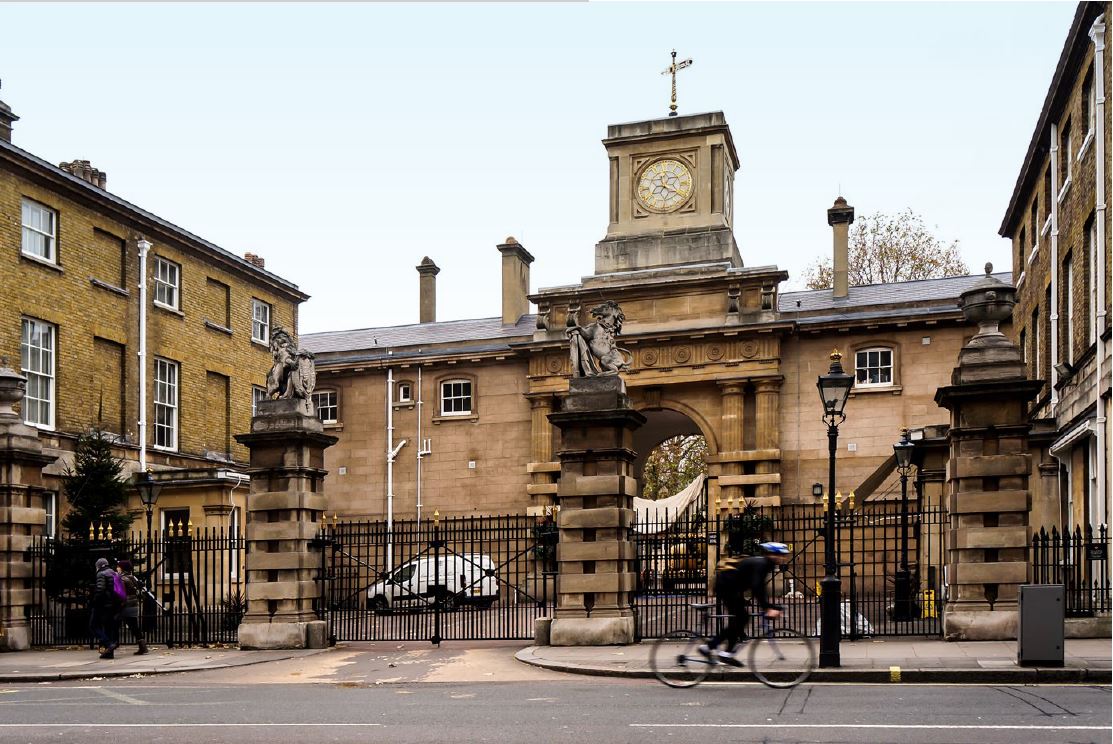
The rebuilding of the Royal Mews took three years and was besieged by constant problems. Today, Nash’s initial design is still instantly recognisable but is considered defective for being poorly planned and appointed.
When Queen Victoria came to the throne in 1837 she took over the use of the mews for riding and driving horses. The Buckingham Palace Royal Mews School was established in 1855 for instruction of the children of servants belonging to the Royal Mews. Maintained entirely at the Queen’s expense it existed for over two decades.
For half a century after Victoria’s reign the village atmosphere in the mews remained until the arrival of the motor car and two world wars.
Today the Royal Mews remains like a small village which belongs to Buckingham Palace. It is a department of the Royal household responsible for the horse-drawn and motor travel arrangements of the monarch and the members of the Royal family.
THE CONTINUING RELEVANCE OF MONARCHY & THE MEWS
Having seen the crowds amassing for the Queen’s funeral it is hard to fathom that throughout the Queen’s reign questions were raised about the monarchy and in particular its relevance to a fastchanging society. The monarchy has always been able to navigate its way through difficult periods and in times to come, as it shapes itself to reflect our changing society, undoubtedly it will face its challenges head on.
Likewise, similar challenges face the mews – can such an anachronism survive in the centre of a modern city? These challenges are dealt with in a similar way, such is the ever-changing nature of the mews.
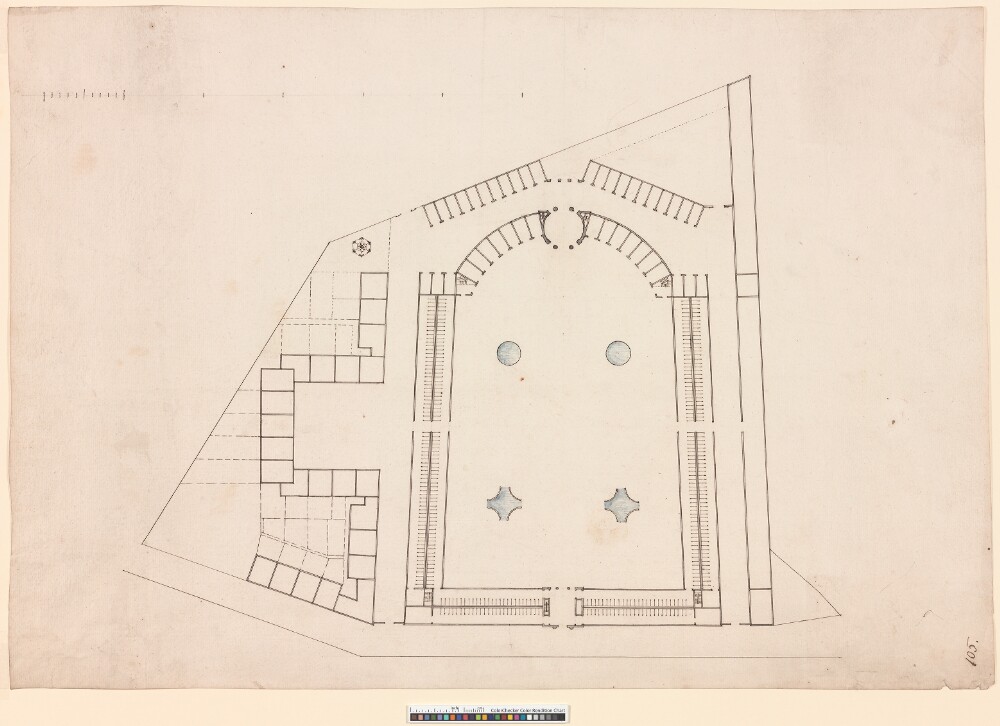
Further advice about London Mews This article was written by Martyn John Brown MRICS, MCIOB, MCABE, MARLA, MISVA of Everchanging Mews – www.everchangingmews.com who is a Chartered Surveyor specializing in Mews and Flats. Everchanging Mews is owned and run by Martyn John Brown who provides professional surveying advice – For Surveys, Valuations and Party Wall matters contact: info@everchangingmews.com or call Martyn on 0207 419 5033.
